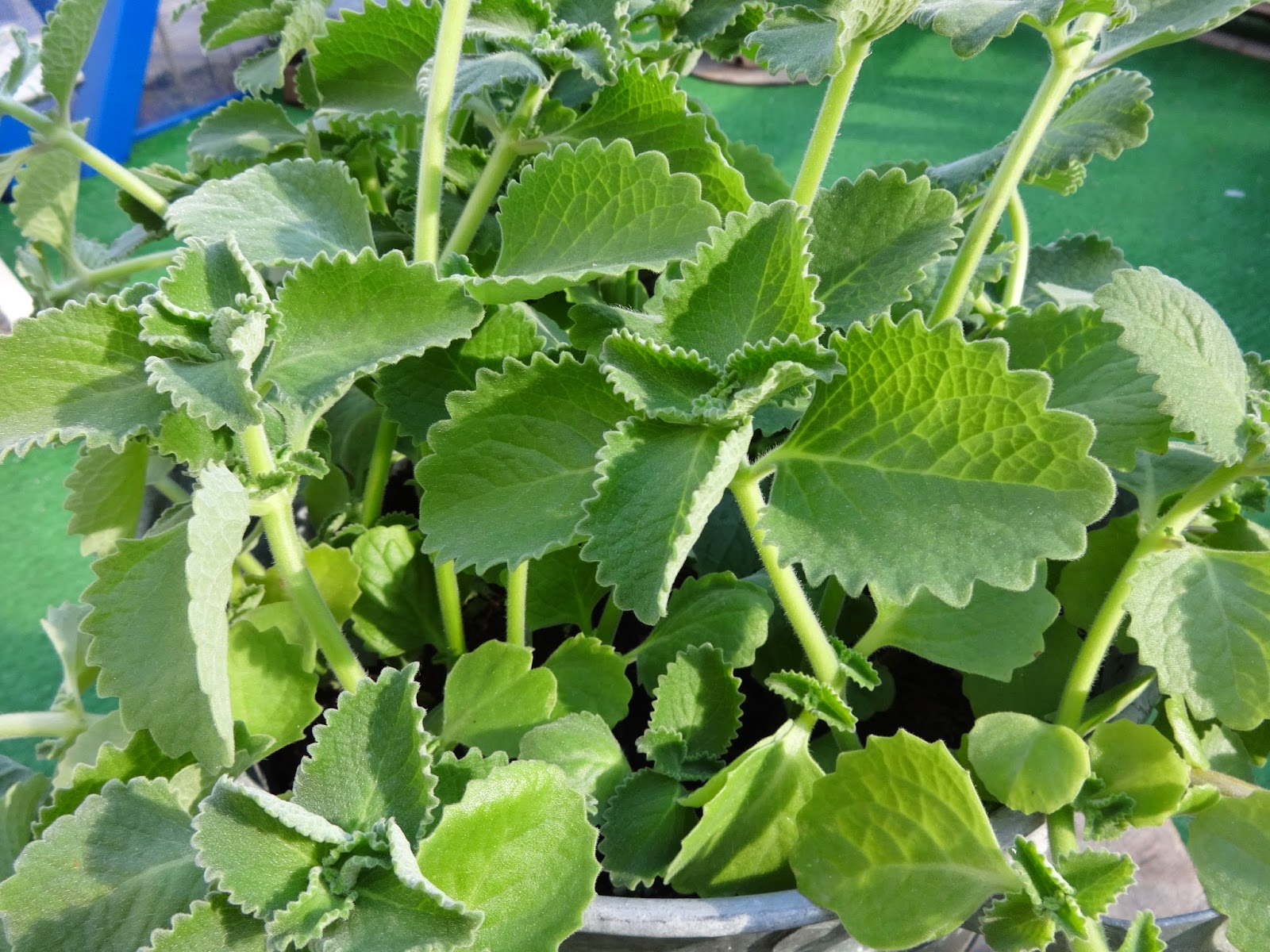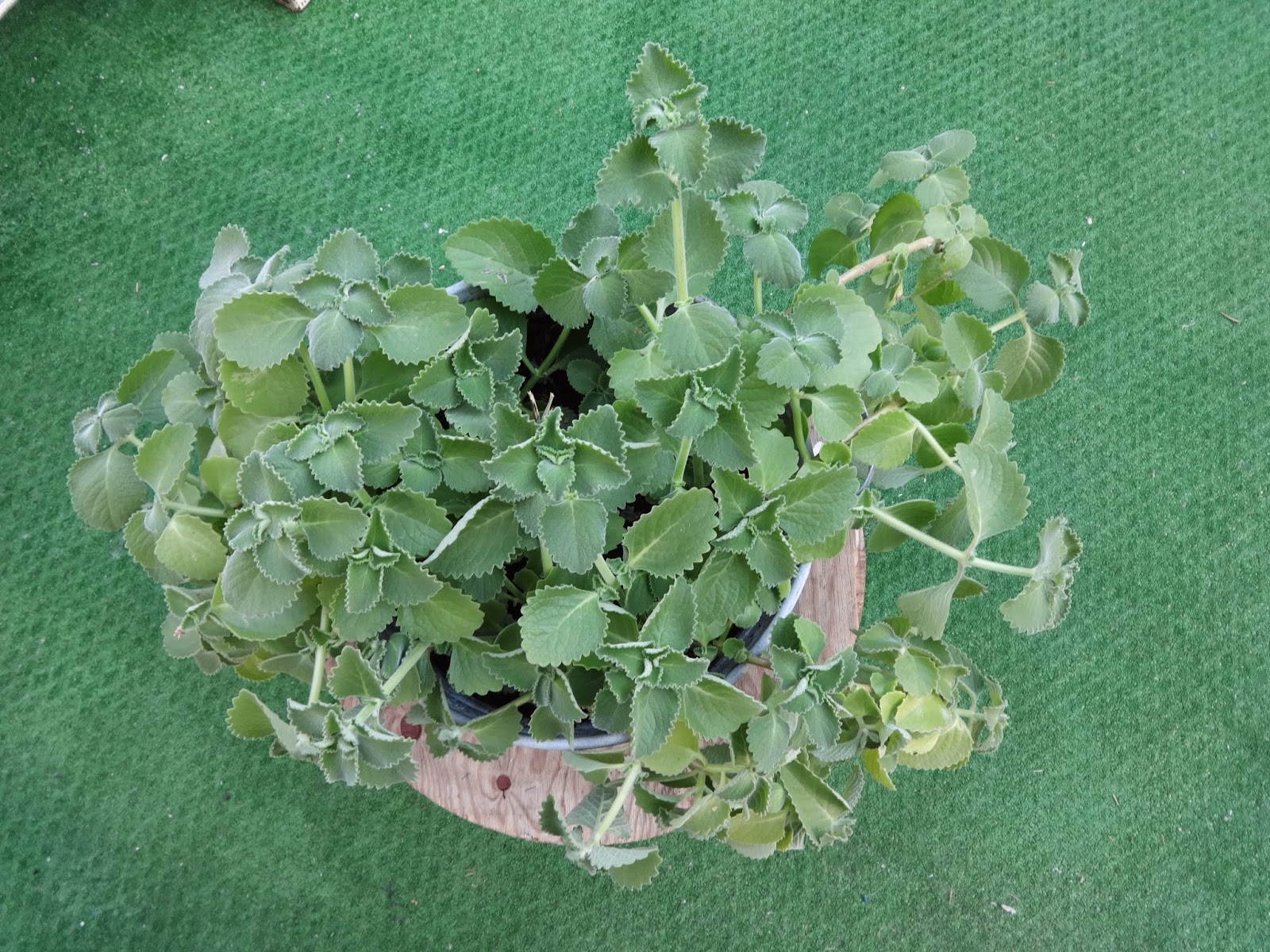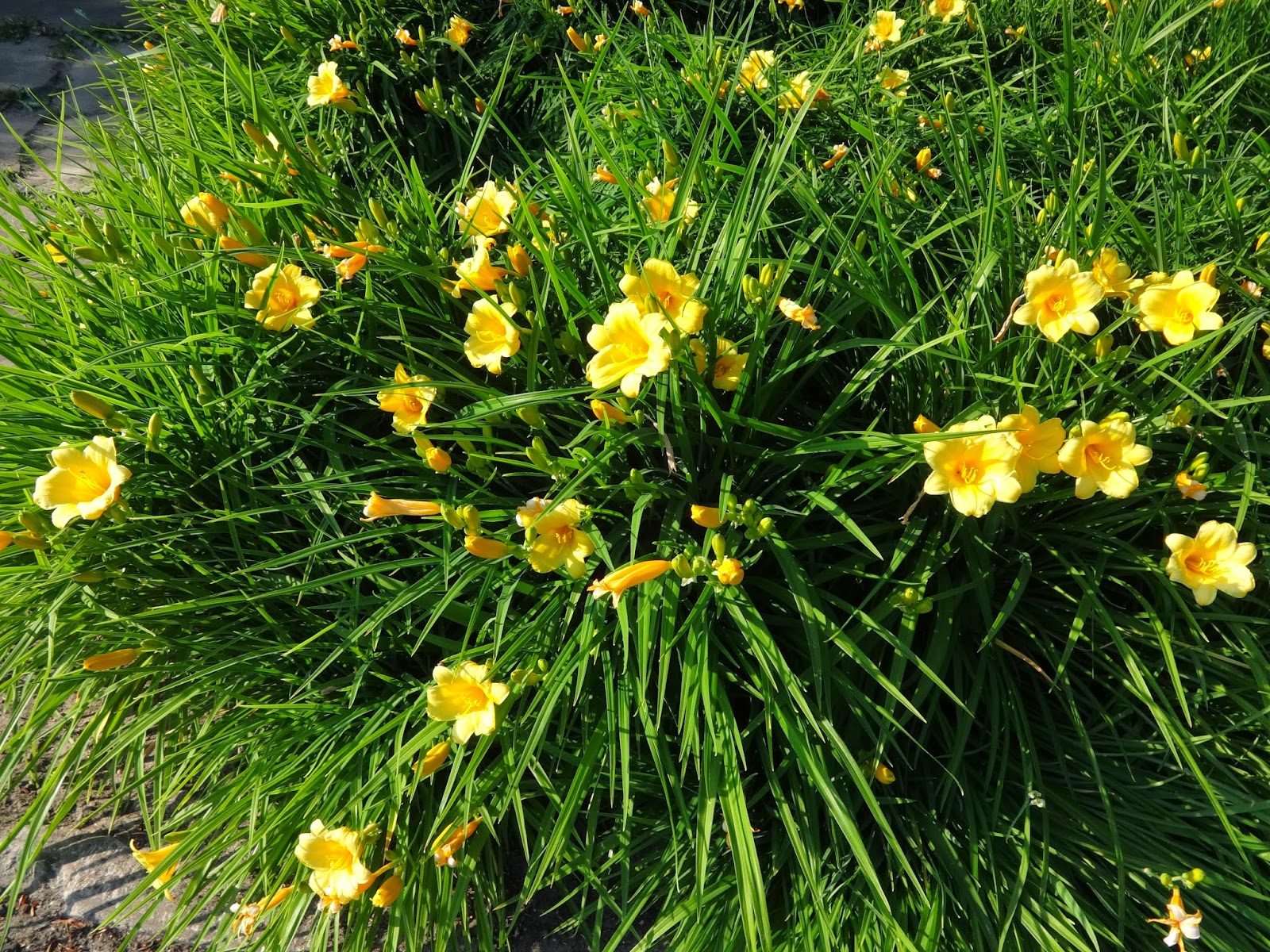PLANT PROFILE
The plant that You can see on photos here is a herb that have many names. Its most popular latin name is Plectranthus amboinicus, but this name is also used commonly, mistakenly for closely related species Plectranthus tomentosa, Plectrantus cremnus and their many hybrids. Other are Coleus aromaticus, Coleus amboinicus, and Plectranthus aromaticus. Most popular english common name seems to be Cuban Oregano, but its also called Mexican Mint, Country Borage, Indian Borage, Big Thyme, Spanish Thyme, Allherb, Queen of herbs and by many other names, all of which are also used for closely related Plectranthus genotypes mentioned above. There is a mess about its origin as well. According to some sources it is native to south-east of Africa, but other claims it to come from south-east Asia. What's certain about this plant, is that it is valuable herb, known in India since ancient sanskrit times and nowadays very popular around whole tropical world. The reason for this is colonial history that helped to spread it to places where it thrive well. European colonists probably quickly found out that their beloved Mediterranean Oregano and Thyme can't cope with tropical weather. And luckily they've found good substitute, as Plectranthus amboinicus contain thymol and carvacrol, chemical compounds responsible for smell and taste of Oreganos and Thymes. In few recent years this earlier unknown herb gained some popularity in northern Europe, and with its easy indoor maintance, pleasant aroma and many health benefits. I think it is just the matter of time when it'll become as popular as Aloe vera.
CULTIVATION AND HARVESTING
Coleus aromaticus is small succulent shrub with tendency for climbing or creeping, it can reach over 1m hight and even more in width. It have strong stems with fleshy, hairy leaves and blue-violet or white-pink flowers in summer time. It grows best in rich, compost soil with neutral pH and high humidity, but if there will be excess of water in the ground its roots might start to rot. On the other hand it cope well with severe droughts, as it have lots of water stored in its succulent flesh. It also cope well with severe heat and scourging sun, as well as with strong shade (except variegata form with white staid green leaves), but feels best in partial shade. For all those reasons, it is very easy to grow indors and that is why it is becoming more and more popular house plant in northern Europe. Cuban oregano can't stand temperatures lower than 0'C and feel bad even when its colder than 10'C. Best way for using it is to pick it fresh, as its leaves and stems contain so much water, that even cuted into small pieces it won't dry well. Besides with good conditions, You can enjoy its fresh, tender, crunchy leaves all year round, so there's no point to gather and storage any for later.
CULINARY USES
Cuban oregano is quite similar in taste to Greek Oregano (Origanum vulgare), so it might be used in the same way. It can be cutted in small pieces and added to salads, sandwiches, soups, meat dishes and many other meals. In India its whole, fresh, crunchy leaves are dipped in batter and fried in deep oil, this snack is called ,,Ajwain ke patta pakoda''. It also can be pickled or mashed into chutney. Squizzed juice or chopped fresh leaves are added to both alcoholic and non-alcoholic drinks for its flavour.
MEDICINAL USES
Coleus aromaticus is still quite unknown among Eastern herbalists, but as the plant is becoming more popular, so is the knowledge about it. There is growing number of researches that are proving its effectiveness in fighting ailments, that it was used for in Asia for centuries. It contain carvacrol, thymol, eugenol, quercetin, apigenin, luteolin, salvigenin, genkwanin caryophyllene, patchoulane and p-cymene. This herb is antioxidant, antimicrobial, antibacterial, antiviral, antifungal, radioprotective, carminative, tonic, stimulant, emmenagogue, hepatoprotective, diaphoretic, antiepileptic and galactagogue.
Cuban oregano leaves are simply eaten fresh for coughs, colds, malarial fevers, asthma, bronhit, mouth and nasal infections, diarrhea, indigestion, flatulence, dyspepsia, epilepsy, rheumatism, kidney stones and helminthiasis. Fresh crushed leaves are applied on burns, sprains, skin infections, scorpio bites or on forehead to ease headache. Decoction from leaves is giving after childbirth and soup with it is given to breastfeeding mothers to support lactation. It is also given to children for colic and colds. For ear aches (otalgia) pure fresh juice is poured into the ear and keep for 10 minutes.



Sources
http://www.stuartxchange.com/Oregano.html
http://www.greenpharmacy.info/article.asp?issn=0973-8258;year=2008;volume=2;issue=3;spage=182;epage=184;aulast=Kaliappan
http://en.wikipedia.org/wiki/Plectranthus_amboinicus
http://www.tarladalal.com/Ajwain-Patta-ke-Pakode-4970r
http://www.sailusfood.com/2010/06/19/vaamu-aaku-bajji-ajwain-patta-fresh-carom-leaves-ke-pakode/
http://www.bawarchi.com/recipe/vamu-aaku-patchadi-ajwain-leaves-chutney-oeswBjedeiadh.html
http://whateverchumps.blogspot.com/2011/07/ajwain-patta-parantha.html
http://www.lifewithspices.com/2011/11/karpuravallicuban-oregano-rasam.html
http://www.ayurveda-florida.com/Ayurvedic_Materia_Medica_Articles/Table2.htm






































































